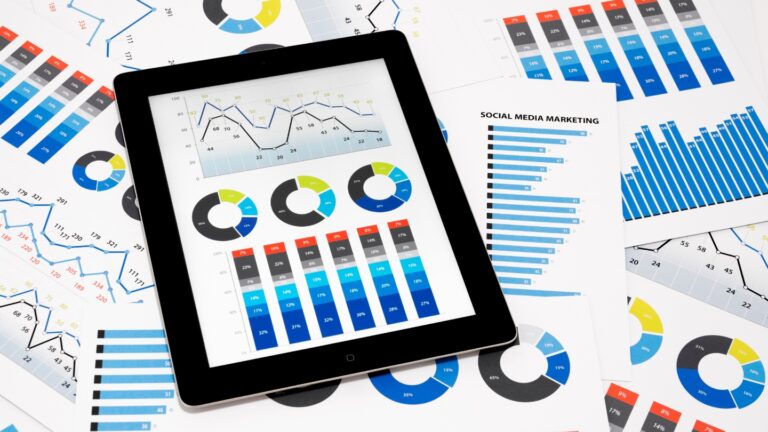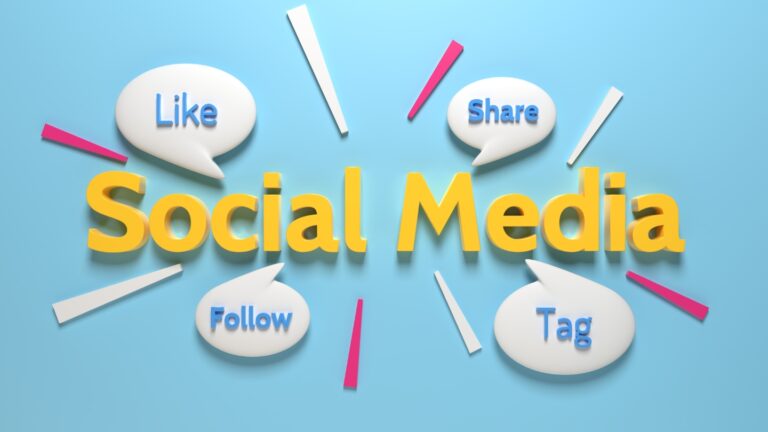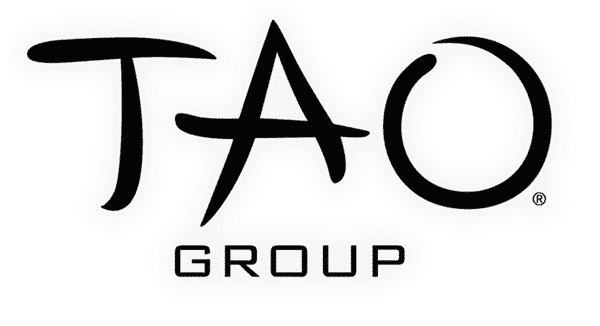Introduction

In today’s digital age, social media has become a vital tool for both consumers and businesses. It’s where brands are built, and trends are created. Social listening, an essential strategy in the realm of digital marketing, involves monitoring social media platforms for mentions of your brand, competitors, and industry-related keywords. This invaluable tool helps businesses gain market insights and understand brand sentiment, ultimately leading to better decision-making and enhanced customer relationships.
Understanding Social Listening

Social listening goes beyond simply tracking mentions of your brand. It involves a two-step process: monitoring and analysis. Monitoring refers to tracking mentions, hashtags, keywords, and comments related to your brand across various social media platforms. Analysis, on the other hand, involves examining these data points to derive meaningful insights that can inform your business strategies.
Unlike social monitoring, which focuses on metrics such as likes, shares, and mentions, social listening dives deeper into the context behind these metrics. It helps you understand why certain trends are happening, what your audience thinks about your brand, and how they feel about your products or services.
The Importance of Social Listening

Understanding Brand Sentiment:
One of the primary benefits of social listening is gauging brand sentiment. It enables you to understand how your audience feels about your brand, whether their perception is positive, negative, or neutral. By analyzing sentiment, you can identify areas of improvement and capitalize on your strengths.
Real-Time Market Insights:
Social listening provides real-time insights into market trends and consumer behavior. This information is crucial for staying ahead of competitors and adapting your strategies to meet changing consumer needs.
Crisis Management:
In the event of a PR crisis, social listening can help you identify the issue early and respond promptly. By monitoring conversations and sentiment, you can address concerns before they escalate and damage your brand’s reputation.
Competitor Analysis:
Social listening allows you to keep an eye on your competitors. By analyzing their social media activity, you can identify their strengths and weaknesses, understand their strategies, and find opportunities to differentiate your brand.
Product Development:
Understanding consumer feedback through social listening can inform your product development process. By analyzing what customers are saying about your products or services, you can make data-driven decisions to improve and innovate.
Implementing Social Listening: Tools and Techniques

Several tools and techniques can help you implement an effective social listening strategy. Here are some of the most popular ones:
Hootsuite Insights:
This tool allows you to monitor social media mentions, track brand sentiment, and gain insights into your audience. It also offers competitive analysis and industry benchmarking features.
Brandwatch:
Brandwatch provides powerful analytics and visualizations to help you understand your brand’s performance on social media. It offers advanced sentiment analysis and can track conversations in multiple languages.
Sprout Social:
Sprout Social offers comprehensive social listening features, including sentiment analysis, trend identification, and influencer tracking. It also integrates with various CRM and marketing platforms.
Talkwalker:
Talkwalker provides real-time social listening and analytics. It offers image recognition capabilities, allowing you to track brand logos and visuals across social media platforms.
NetBase:
NetBase uses artificial intelligence to analyze social media data and provide actionable insights. It offers sentiment analysis, trend tracking, and competitive benchmarking features.
Best Practices for Social Listening

To make the most of your social listening efforts, consider the following best practices:
Define Your Objectives:
Before you start, clearly define what you want to achieve with social listening. Whether it’s understanding brand sentiment, identifying market trends, or improving customer service, having clear objectives will guide your efforts.
Choose the Right Tools:
Select social listening tools that align with your objectives and budget. Consider factors such as ease of use, integration capabilities, and the depth of analytics provided.
Monitor Relevant Keywords and Hashtags:
Identify and monitor keywords, hashtags, and phrases related to your brand, industry, and competitors. This will help you capture relevant conversations and gain deeper insights.
Analyze Sentiment and Context:
Don’t just focus on the volume of mentions. Analyze the sentiment and context behind the conversations to understand the underlying emotions and motivations of your audience.
Engage with Your Audience:
Social listening is not just about monitoring; it’s also about engaging with your audience. Respond to comments, address concerns, and show appreciation for positive feedback. This will help you build stronger relationships with your customers.
Track Competitors and Industry Trends:

Keep an eye on your competitors and industry trends. This will help you identify opportunities for differentiation and stay ahead of market changes.
Integrate Social Listening with Other Data Sources:
Combine social listening data with other data sources such as customer surveys, website analytics, and sales data. This will provide a more comprehensive view of your market and audience.
Measure and Adjust:
Regularly measure the impact of your social listening efforts and adjust your strategies as needed. Use the insights gained to continuously improve your marketing and business strategies.
Case Studies: Social Listening in Action

Coca-Cola:
Coca-Cola uses social listening to monitor brand mentions and sentiment across various social media platforms. By analyzing the data, they identified that consumers were concerned about the environmental impact of plastic bottles. In response, Coca-Cola launched a sustainability campaign and introduced eco-friendly packaging options.
Nike:
Nike leverages social listening to track conversations around sports and fitness. They identified a growing interest in home workouts during the COVID-19 pandemic. In response, Nike ramped up their digital content, offering free workout videos and virtual coaching sessions, which resonated well with their audience.
Samsung:
Samsung uses social listening to monitor customer feedback on their products. By analyzing conversations around their smartphones, they identified common issues and areas for improvement. This feedback informed their product development process, leading to enhanced features and better customer satisfaction.
Netflix:
Netflix employs social listening to understand viewer preferences and trends. By monitoring conversations about their shows and movies, they gain insights into what content resonates with their audience. This data-driven approach helps Netflix create and promote content that aligns with viewer interests.
The Future of Social Listening

As technology continues to evolve, so does the potential of social listening. Here are some emerging trends that will shape the future of social listening:
Artificial Intelligence and Machine Learning:
AI and machine learning will play a significant role in enhancing social listening capabilities. These technologies can process large volumes of data quickly and accurately, providing deeper insights and more precise sentiment analysis.
Voice and Video Analysis:
With the rise of voice assistants and video content, social listening will expand beyond text-based analysis. Tools will increasingly incorporate voice and video analysis to capture and analyze conversations across these mediums.
Integration with CRM and Marketing Automation:
Social listening tools will become more integrated with CRM and marketing automation platforms. This will enable businesses to seamlessly incorporate social insights into their customer relationship and marketing strategies.
Predictive Analytics:
Predictive analytics will enable businesses to anticipate trends and consumer behavior. By analyzing historical data and identifying patterns, social listening tools can provide forward-looking insights to inform strategic decision-making.
Enhanced Data Privacy and Security:
As concerns around data privacy and security grow, social listening tools will need to prioritize compliance with regulations and ensure robust data protection measures. Businesses will need to be transparent about their data collection and usage practices to build trust with their audience.
Conclusion

Social listening is an indispensable tool for modern businesses. By leveraging social media data, businesses can gain valuable market insights and understand brand sentiment. Implementing an effective social listening strategy involves monitoring relevant keywords, analyzing sentiment, and engaging with your audience. With the right tools and best practices, social listening can help you stay ahead of competitors, improve customer relationships, and make data-driven decisions. As technology advances, the future of social listening promises even greater capabilities and opportunities for businesses to thrive in the digital landscape.






















